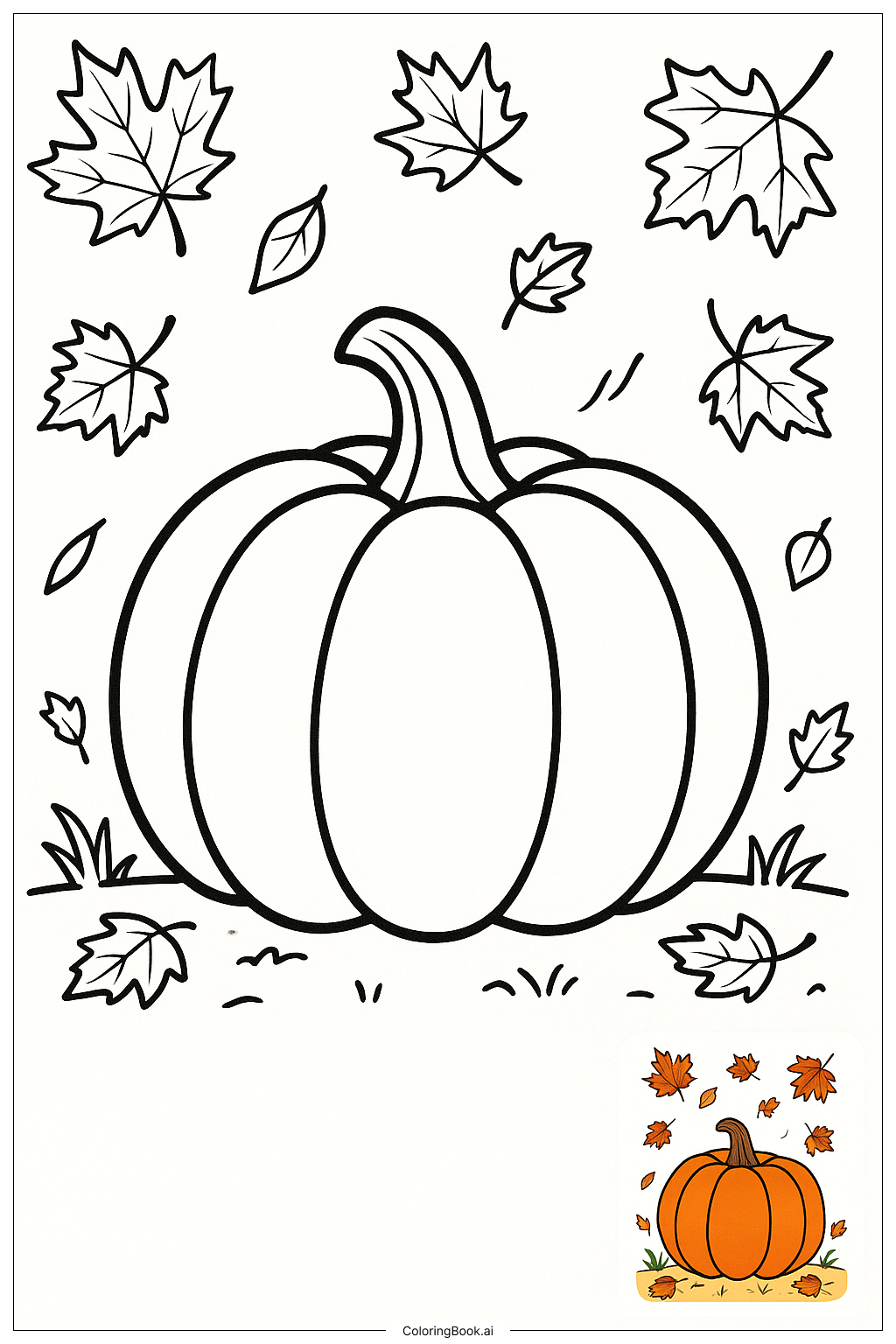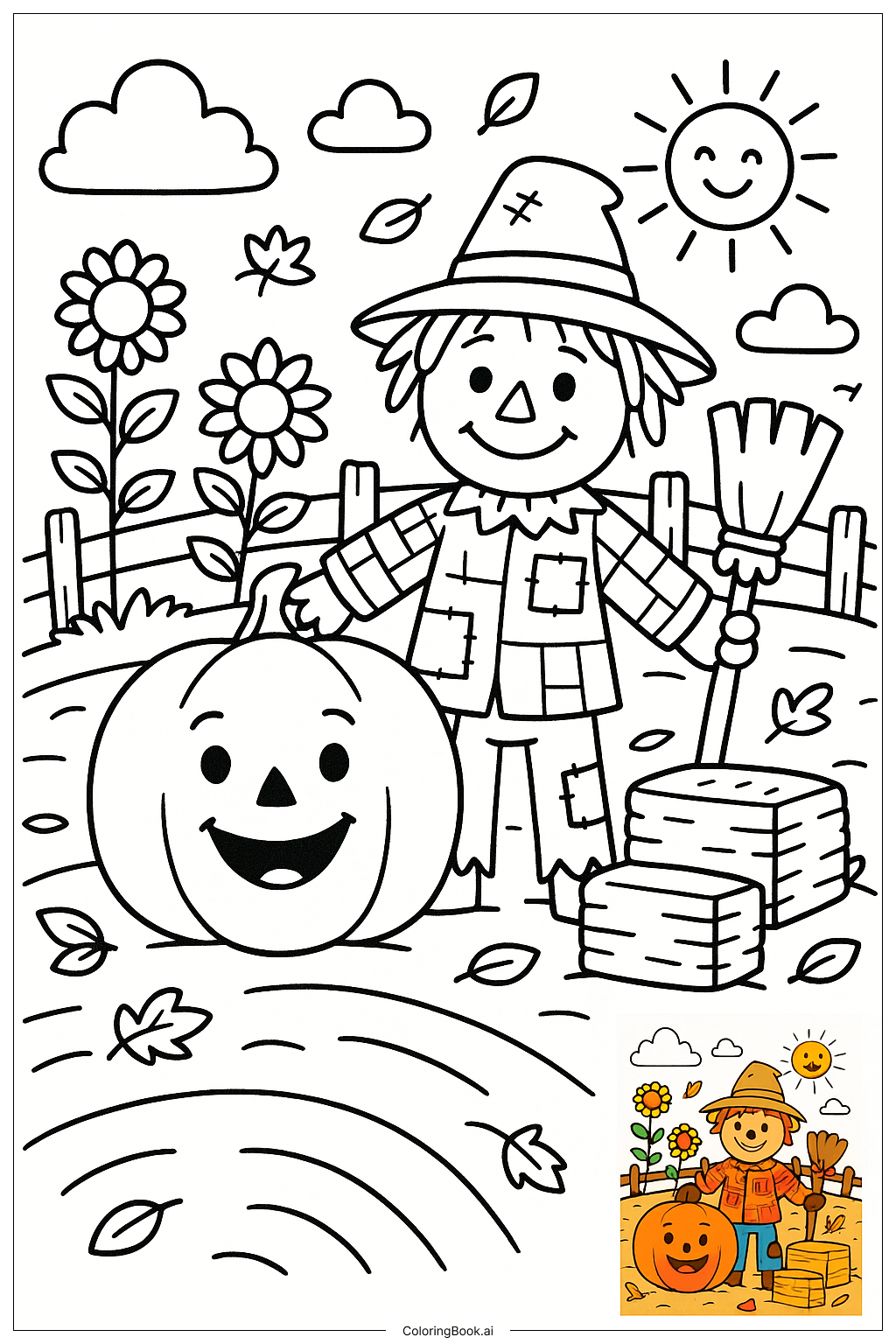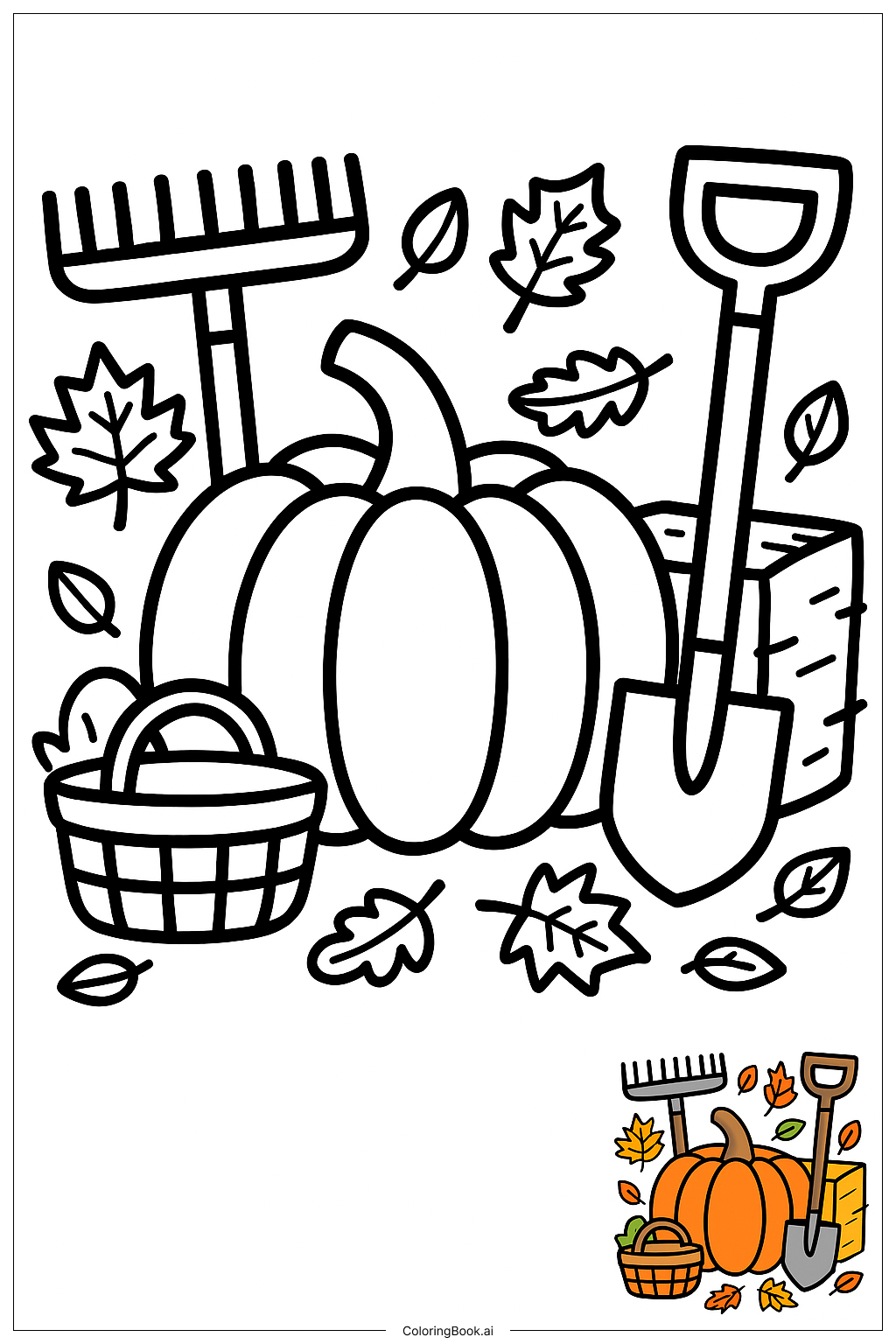Coloring tips: How to color Pumpkin With Falling Maple Leaves coloring page well?
When coloring the pumpkin, consider using shades of orange and yellow to create a natural look. You can add hints of green for the stem to highlight its fresh appearance. For the maple leaves, use warm colors like red, gold, and brown for an autumn feel. Experiment with blending colors to achieve depth, especially on the pumpkin where shadows might fall. Don't forget to add some green or brown for the ground to ground the scene. Using colored pencils can help with detail, while markers can make colors pop!
Coloring challenges: Which parts are difficult to color and need attention for Pumpkin With Falling Maple Leaves coloring page?
1. **Shading the Pumpkin**: Creating a three-dimensional look is challenging. Kids might find it tricky to blend different shades of orange and yellow properly. They need to think about where the light hits and where shadows fall.
2. **Detailing the Leaves**: The maple leaves have various shapes and sizes. Coloring each uniquely takes careful attention. Children may struggle with coloring them in a way that makes them distinct.
3. **Maintaining Clean Lines**: As kids color, they may go outside the lines. Staying within the outlined shapes takes practice, especially with crayons or markers.
4. **Color Mixing**: Some may want to mix colors to achieve interesting shades. This can be confusing without guidance on how colors blend.
5. **Filling the Background**: Deciding how to color background elements can be hard. Choosing colors that complement the pumpkin and leaves while adding depth may be a challenge.
Benefits of coloring books: Advantages of drawing Pumpkin With Falling Maple Leaves coloring page
Coloring this pumpkin and maple leaves page offers many benefits. First, it encourages creativity as children choose their colors and designs. This self-expression helps boost confidence. Second, coloring enhances fine motor skills. Children practice holding crayons or markers, improving hand-eye coordination. Third, it can be a calming activity, reducing stress and promoting focus. Coloring allows kids to take a break from screens and engage in a hands-on project. Lastly, discussing color choices and autumn themes can be a fun educational experience, sparking conversations about nature and seasons.




